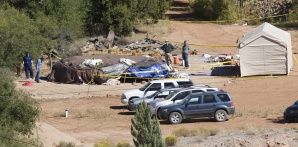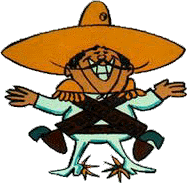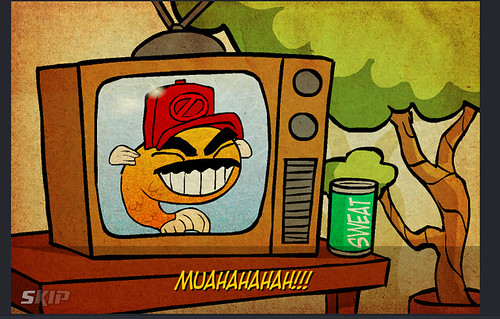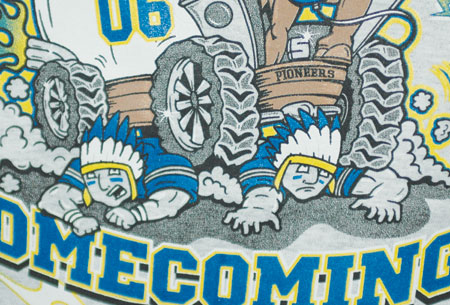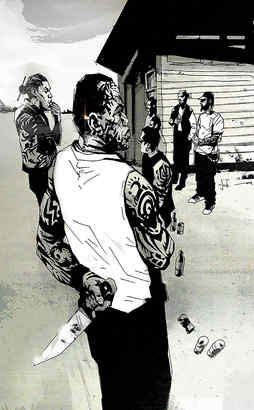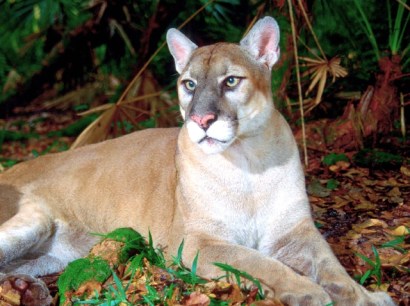In
Levi's Celebrates Manifest Destiny, I noted how American pioneers succeeded mainly by stealing Indian land. Searching for background information led me to
Manvotional: Pioneers! O Pioneers! by Walt Whitman in the Art of Manliness blog.
In the comments section, someone named Tony put up a spirited defense of America's genocidal actions. I've debated people like this hundreds of times, so I shouldn't bother, but I got carried away and did it again.
Go to the original posting to see all the arguments in context. I've picked a few of Tony's most egregious claims to rebut:
Here it is true that the pioneers settled in the west, and that they also settled the wildness of the west--yes Native Americans were there, but it was still a wild place.There's a difference between
settling the West and settling
in the West. Pioneers could've done the latter even if the Indians were present, but not the former. The phrase "settling the West," which most Americans use, is incorrect.
If you think pioneers settled the "wildness" of the West, you're perpetuating the myth that Indians were savages without culture or civilization. That they were little more than from wild animals. That's the same argument as before, so the distinction you're making--settling the West vs. settling the West's "wildness"--is immaterial.
The fact is that the Indians had already settled Americas when the Europeans arrived. No amount of semantic games can change this fact.
Later in your argument, you yourself tell us how Indians weren't idealistic tree-huggers--how they altered the landscape by cutting trees, burning brush, etc. News flash, buddy: These are the activities involved in "settling" the land. So you implicit admit what you've tried to deny: that the land wasn't "wild" and didn't need "taming" or "settling."
The truth is that Native Americans were displacing and conquering each other long before the white man came to this land.The truth is that only moral midgets think two wrongs make a right. Using this asinine "logic," Al Qaeda was justified in attacking us because we attacked the Indians.
The truth is that Native Americans warred with each other and conquered each other.Many tribes were predominantly peaceful, so this is a misleading stereotype. European nations fought much bigger and longer wars. In any case, nothing justifies the hemisphere-wide
genocide against Indians, which goes far beyond anything Indians did to each other.
Disease killed most Indians...really?These diseases were not spread will ill intent. If I have swine flu and I give it to someone else and they die, did I murder them?If you knowingly exposed someone to a fatal disease, as the Europeans did...yes, you'd be guilty of some crime. I'm not sure of the charge, but manslaughter, perhaps.
And so what if disease killed 90% of the Indians and warfare killed only 10%? Ten percent of several million people is still mass murder and it still constitutes genocide.
FYI, the intent to exterminate Indian peoples and cultures is what matters, not the results. Similarly, we call the Holocaust an act of genocide even though many Jews survived it.
You gotta it when genocide defenders point out that disease killed the majority of Indians. As if that's some stunning revelation. As if Indians and liberal ("revisionist") historians didn't realize it until a few conservative soothsayers pointed it out. Thanks for that deep insight, pal.
There was never any systematic policy in place to wipe the Native Americans out. Disease is not a system--it just happened. War was not waged against the Indian to kill him, but simply to move him off his land (still unconscionable, but not genocide), and starvation (the killing of buffalo) was also not used to kill the Indians but to force them onto reservations."Unconscionable"...but you're defending it as conscionable. No "systematic policy"...but a bunch of unsystematic policies and decisions that had the same effect. Too bad the definition of genocide doesn't require the extermination to be systematic.
FYI, forced relocation and cultural destruction are part of the official definition of genocide. If you "kill the Indian to save the man," you've committed an act of genocide even if the victim lives. For more on the subject, see
Genocide by Any Other Name....
And war is always waged to kill people, bright boy. That's inherent in the definition of war. If a war has other motivations, that doesn't change the fact of the deadly intent.
Again, by your logic, the 9/11 terrorists didn't intend to kill the people in the World Trade Center. They wanted to send us a message about getting out of the Middle East and innocent victims just happened to get in the way. Unconscionable, yes, but not mass murder according to you.
No alternative to being savage?But [Indians] lived like that not from choice, but from a lack of an alternative. They lacked written language which kept them from record keeping, which kept them from property ownership, which kept them from a formal economy and so on. There is no virtue where there is no choice.Actually, Indians were free to build cities such as Cahokia or Tenochtitlán, which some did. They were also free to reject this urban lifestyle in favor of a more agrarian one, which many did.
Among the things Indians could've done but didn't were: 1) Wallow in unsanitary conditions without bathing. 2) Demand obedience to a hierarchical church and state with "divine" authorities. 3) Devote their lives to gathering material goods and titles. Which explains why people the Indians captured almost always wanted to stay with the Indians.
Your pseudo-socialist fantasies notwithstanding, many if not most Indians understood the concepts of personal property and territorial rights (e.g., hunting grounds). Again, you don't need written records if you're not prone to lying and cheating, as Euro-Americans were. "You stay on your side of the river and we'll stay on ours"...simple.
Have you heard of the fur trade? Many tribes had extensive trade economies. Whether these economies were "formal" or not is irrelevant. And keeping trade records doesn't necessarily require a written language. Drawings, notches, beads, or memories can substitute for written tallies.
Here's a good example of the Indians' informal economy:
Ancient Miwok harvested saltFor trade according to new report
By Don BaumgartTen families could have harvested the salt from the 300 plus basins, Diggles estimates. “But, those people wouldn’t have time to do anything else.” He estimates it took a minimum of 40 Miwok families to support the salt makers.
“The site is the most impressive prehistoric saltworks yet discovered in North America,” Diggles and Moore said in their report, “and represents a unique departure from traditional hunter-gatherer activities to that of manufacturing.”
The grinding of so many basins in granite could not have been done without the labor of a concentrated population.So the Miwoks had a small salt-making business with a few dozen employees. Several other small businesses provided food, clothing, shelter, security, and so forth to support them. That's basically the economy you'd find in any community of a couple hundred people.
In short, thanks for sharing your stereotypical "history" with us. You're doing a great job of regurgitating your grade-school textbooks. I'm so glad to hear that the first racist settlers were correct and Indians really were primitive "savages."
Western culture is superior?Relativism is silly--some cultures are superior to other cultures. A superior culture came to this land and the results were incredibly unfortunate. But it also brought progress.Respondent Nik addressed this when he wrote:
As for the sophistication of the Native American civilization, it all depends on what you value: technological advancement and material wealth or sustainable culture built on respect for community and for nature. I think the Native American belief and property system were far more sophisticated than the Western ones that replaced them.Your pro-genocide comments are the only silly thing I see here, Tony. Indian cultures would've evolved through cultural exchange even if we hadn't conquered them. They'd be using computers the same way the Chinese and Russians are using computers though we didn't conquer them. You're comparing apples to oranges when you compare today's Western cultures to pre-Columbian Indian cultures.
What do you base your ridiculous claim on? Euro-Americans "won" primarily because of their inadvertent germ warfare, which you admitted. They also won because of their propensity to break their own vows and laws after signing treaties. Even with these unanticipated and immoral advantages,
Native defeat wasn't inevitable. So where exactly is the cultural superiority?
If you define "cultural superiority" as military supremacy, then it's easy to determine the greatest culture in the modern world. The US defeated Britain, Germany, Italy, Japan, and the USSR...and Vietnam defeated the US. Vietnam is Earth's greatest culture.
If you define "cultural superiority" as economic supremacy, you have about a decade before China overtakes the US (and Vietnam) as Earth's greatest culture. Then what? You'll be reduced to weak, qualitative arguments such as "the US is the freest country on Earth" even though other countries have more income per capita, less crime, longer life expectancies, etc., etc. In other words, you'll become a cultural relativist.
Have you read Jared Diamond's
Guns, Germs, and Steel? If you have, you must've missed its message. The message is that the West succeeded because of the luck of the draw, not because of any innate superiority. For more on the subject, see
The Myth of Western Superiority.
Are you really saying "progress" is such a virtue that it was worth the death of millions of Indians? Please answer yes or no. Yes, the progress was worth with it or no, it wasn't. Let's see exactly how much or little you value Indian lives.
"Might makes right" better than Zinn?It’s important to look beyond what you read from Howard Zinn or what your college professor told you to get a full understanding of history.At least others are citing 20th-century sources. You need to look beyond your 19th-century racist justifications for genocide. You're using the same arguments the Indian killers used and you sound about as immoral as they did.
For more on the subject, see
Europeans Taught Natives "Discipline, Order"?,
Europeans and Indians Equally Evil?, and
No Colonization, No United States?Below: Our superior Western culture.
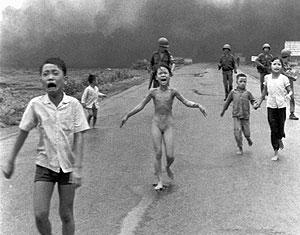
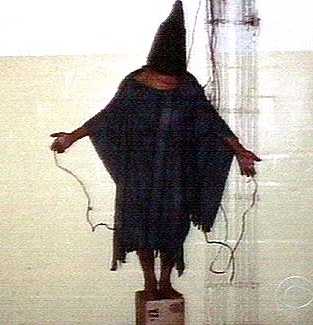
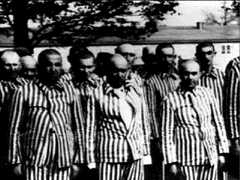
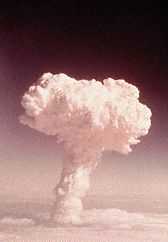



.jpg)

